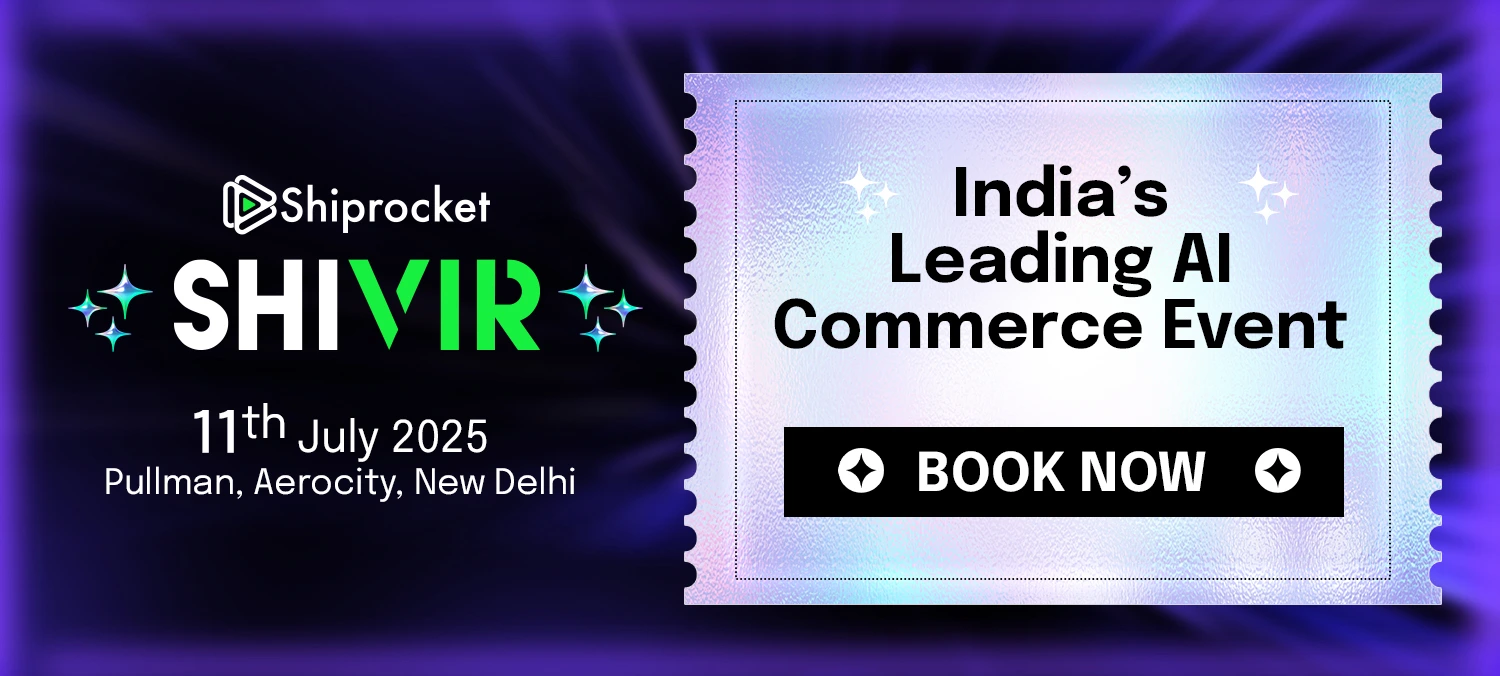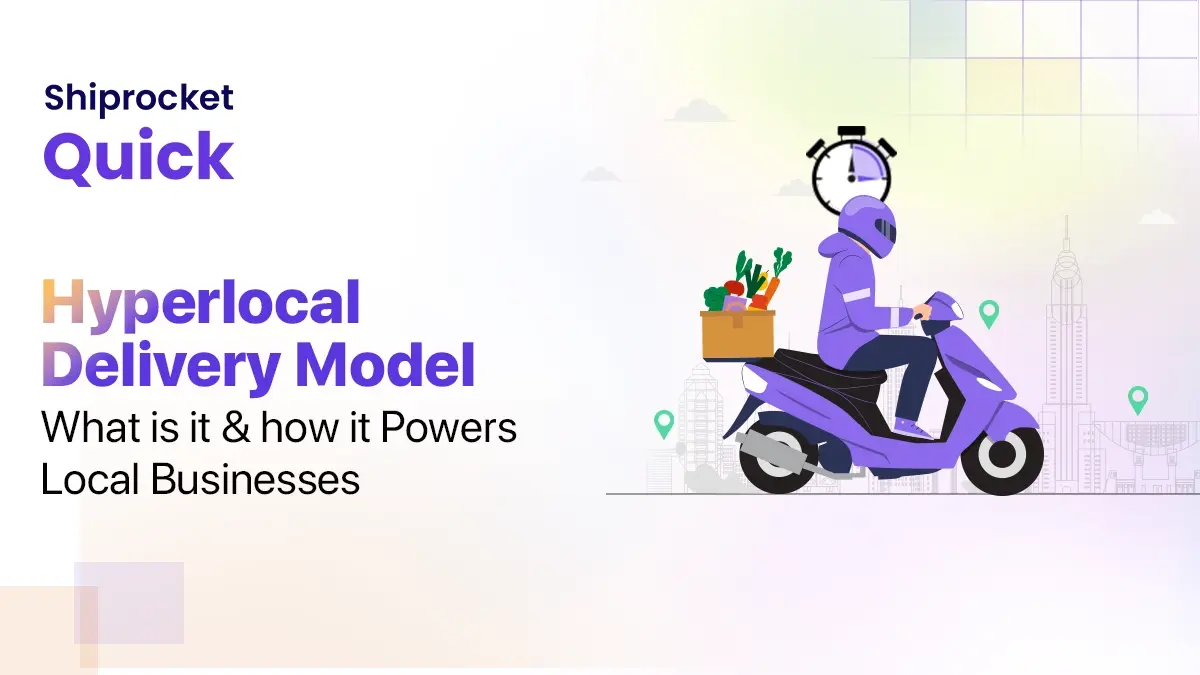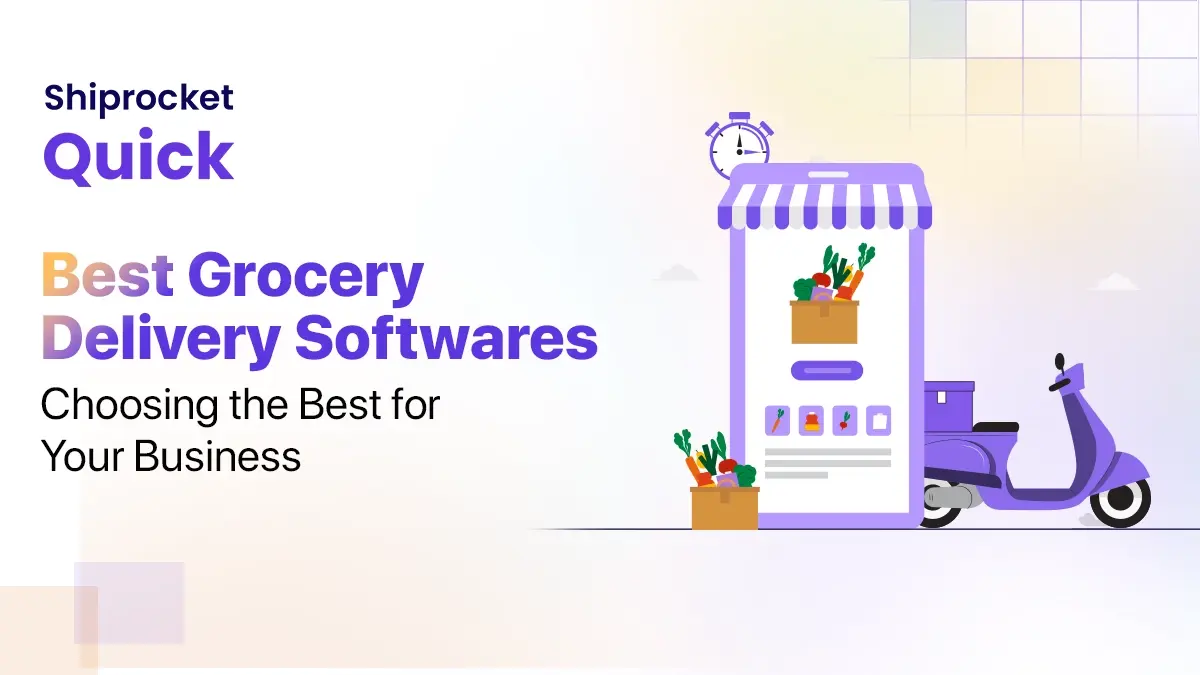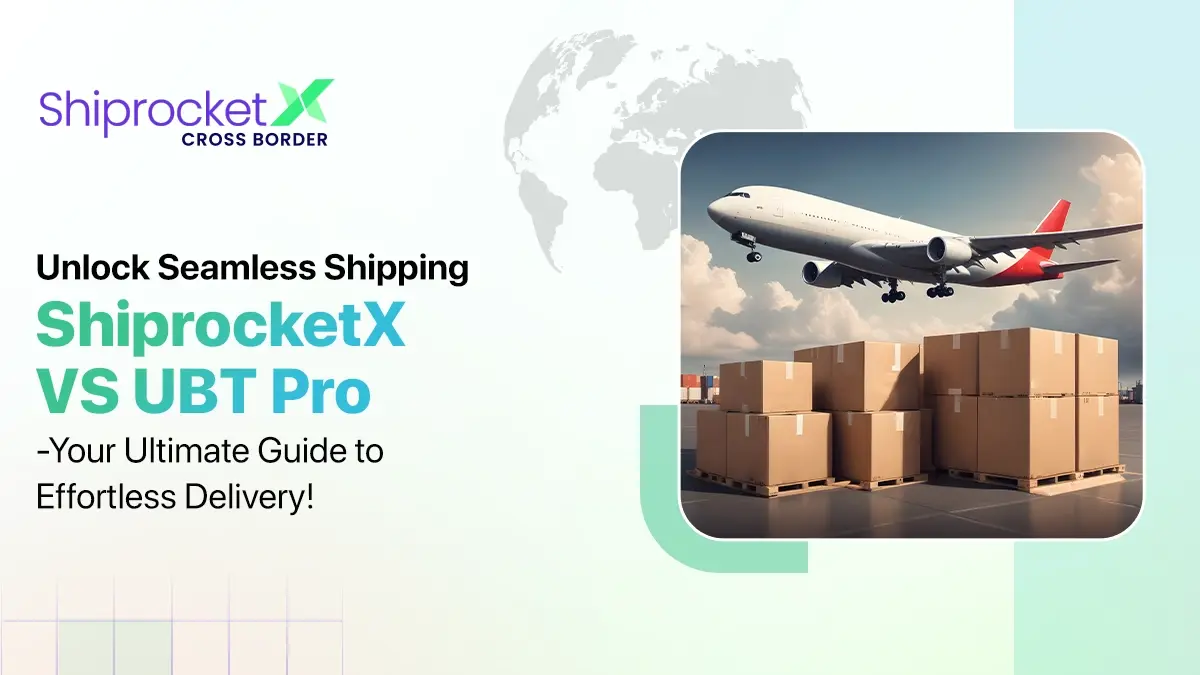Understanding Customer Lifetime Value and Its Significance
Introduction
Customer lifetime value (CLV) is one of the most important measures in eCommerce. It gives us an idea regarding the bigger picture of a business’s future and its financial feasibility. The higher the CLV, the greater its fit in the market. It refers to greater brand loyalty and signifies recurring revenue from existing customers. Monitoring and optimising the CLV is vital for any eCommerce enterprise as it will help its growth.
The CLV compares the customer’s revenue value and the enterprise’s predicted customer lifespan to determine the business relationship between the two entities. Any business enterprise must understand that selling to an existing customer is easier than acquiring a new one. By measuring the CLV, you can easily eliminate the loss of customers and instead help you retain them. It allows you to generate greater revenue over time.
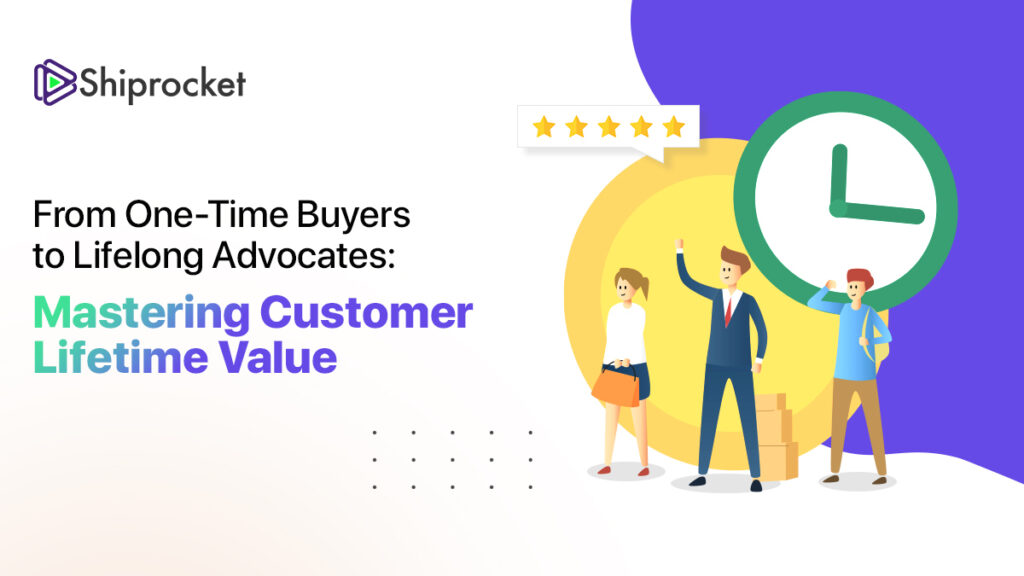
Defining Customer Lifetime Value
The total revenue of an eCommerce enterprise generated from a customer over time is known as its Customer Lifetime Value (CLV). The CLV metric takes all the orders of that particular customer into account. It helps you understand how to size up your customer satisfaction, brand loyalty, and viability.
The longer a customer purchases from an enterprise, the greater the value of the CLV will be. The CLV influences a customer’s journey and strengthens the customer-supplier business relationship.
Calculating Customer Lifetime Value
The customer lifetime value (CLV) can be calculated using two methods. The choice of the method depends on the availability of data. Here are the two methods:
- Accumulated Data Method
The accumulated data method is much more precise than any other method. It works when you have old sales records and relevant data. It integrates all the orders placed by individual customers to get their CLVs. When an enterprise has been operating for a certain period, and you decide to begin to keep an eye out on the CLV, several analytic eCommerce tools enable you to pull out old data.
The formula is given below:
Customer Lifetime Value (CLV): Order 1+ order 2+ Order 3+ ….. + Order n (where ‘n’ indicates the number of orders)
- Average Estimate Method
The average estimate method is useful in cases where detailed historical data regarding sales are unavailable. The following formula can estimate the average:
Customer Lifetime Value (CLV): AOV x n
AOV = Average Order Value
The average estimate method takes the mean order value and the mean number of orders of a specific customer to calculate the CLV. It does not require granular data.
The Significance of Customer Lifetime Value
The CLV measure can leverage each customer’s value during the entire business journey. All strategic business decisions can be made using this metric.
The CLV is significant because:
- Increasing profits and revenue in the long run
The length of the lifecycle of a consumer is crucial to maximise profits. The longer the life cycle, the greater the enterprise’s profits and revenue. Thus, tracking the CLV will help you maximise your revenue.
The CLV forms the center of a financially stable enterprise that can grow sustainably and organically. It focuses on the long-time goals of an organisation and helps you repeat actions that result in a better return on investment. Such plans where the CLV plays a role require a strong marketing strategy.
- Identification of weaknesses
If the CLV metric is a priority in your business strategy, all worrying trends can be identified, and actions can be laid out to address them. Customer loyalty programs and support strategies can help you boost customer loyalty and retention.
- Acquiring more customers from your target customers
When you understand that a customer will spend double with your business over time, you can create a different budget for acquiring customers. It mainly involves investing more in your marketing strategy to reach your target audiences, boosting sales and acquiring more customers. You can strengthen your brand identity using influencers and other marketing forums. Strengthening your brand identity will result in customer loyalty, boosting revenue and CLV.
- A steady cash flow
Acquiring new customers is one way to improve your revenue. However, it is rather unpredictable and is governed by several external factors. Instead, getting constant orders from your existing customers can help you have a steady cash flow. A steady cash flow can allow you to keep up with your payments and sustain your business.
- Customer loyalty towards your brand
A high CLV value indicates that your customers love your goods, services, and products. It indicates they are completely satisfied and loyal to your brand. It allows you to grow your enterprise even more. Furthermore, it helps you find investors easily.
Strategies for Maximising Customer Lifetime Value
The points above detail how a higher CLV value will help increase customer lifespan and improve customer lifetime value itself and sales as well. Hence, it is not simply a sales gimmick but a result of brand loyalty.
Here are a few tips for driving the value of CLV up high:
- Streamlining your customer onboarding processes
The onboarding process is simply the art of bringing your customers up to speed with the idea of your brand. You tell them everything you do, why you do it, and what they have in it to be your loyal customers. It helps your customers connect with your brand on a deeper level. It also gives your business an avenue to understand what your consumers expect and how you can win them over. A streamlined onboarding process will help you create a firm skeleton for long-term business relationships with your customers that will help you improve your CLV.
- Enhancing the average order value
Everyone is always looking for an incentive. Thus, when you offer complementary products and services to your customers as they check out, they tend to connect more with your brand. Several brands today also cross-sell and up-sell methods to enchant their customers. Creating combination packs of relevant goods and services can help charm your customers. It makes their experience more personalised. It improves your AOV and CLV.
- Building lasting business relationships with the customers
Customers are loyal when they can trust the enterprise. When consumers believe your company offers them the best products at the most reasonable prices, they tend to return. However, this is simply the beginning. With the power of social media platforms, all branding and marketing efforts must be relevant and personalised, as consumers today want more than a buy-and-sell relationship. Cultivating a personal connection to message boards and surveys will result in better ROI and CLV. Furthermore, these personalised approaches help you stand out from the crowd.
- Strive for a higher frequency of orders
Ensuring that your consumers return might not be as easy as it seems due to the nature of your services and goods. Your products might be those that people might grow out of. Therefore there is a continuous shift in your target audiences. Following up and adding something exciting in such orders might result in them recommending your products to the ones they know. It can create a rippling effect, sustaining your business and improving profits.
- Try for bigger order values
Combos and bundles make bigger bills despite being better deals. A simple study can show you what products people like to buy together. It can help you understand how to create the most appealing combination bundles for reasonable offer prices. Making different categories based on occasion and other such themes can help people find relevant accessories, leading to larger orders and driving up the CLV.
Conclusion
Customer lifetime value is a useful metric that easily helps you determine how to grow your business through small changes and strategies. Brand loyalty, customer retention, and CLV are all interlinked. To improve business and make it grow organically, these three aspects have to be of primary focus for any enterprise. Most businesses with high CLV can grow quicker and independent of advertisement costs while enjoying a steady cash flow. By understanding how CLV works and how you can improve your CLV, you can grow your business organically and make it sustainable in the long run.
Frequently Asked Questions(FAQs)
No. Though LTV and CLV are often used interchangeably, these two have a key difference. CLV refers to the overall worth of a customer to a business. On the other hand, LTV (lifetime value) refers to the aggregate value of your customers.
Yes, customer lifetime value can be negative. It happens when the amount of money you spend on retaining a customer is more than the profit you generate from sales.
There are several factors influencing the frequency of measuring customer lifetime value. These factors include the availability of data, your business model, seasonality, customer behaviour, and more.

